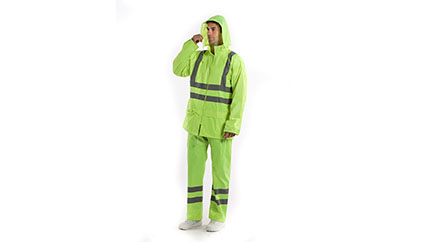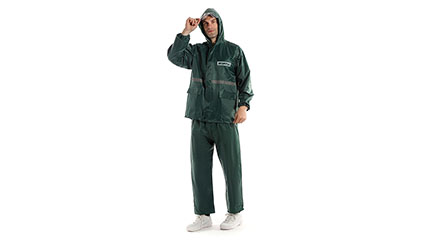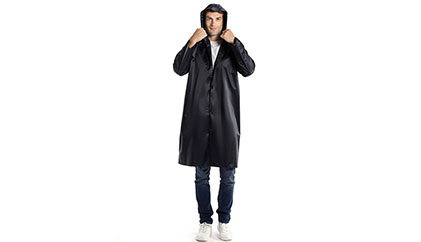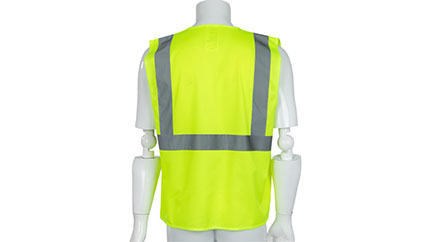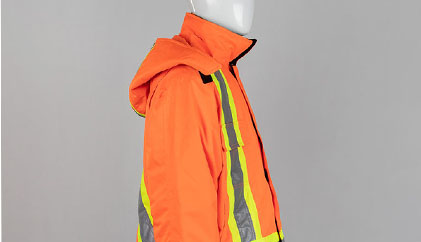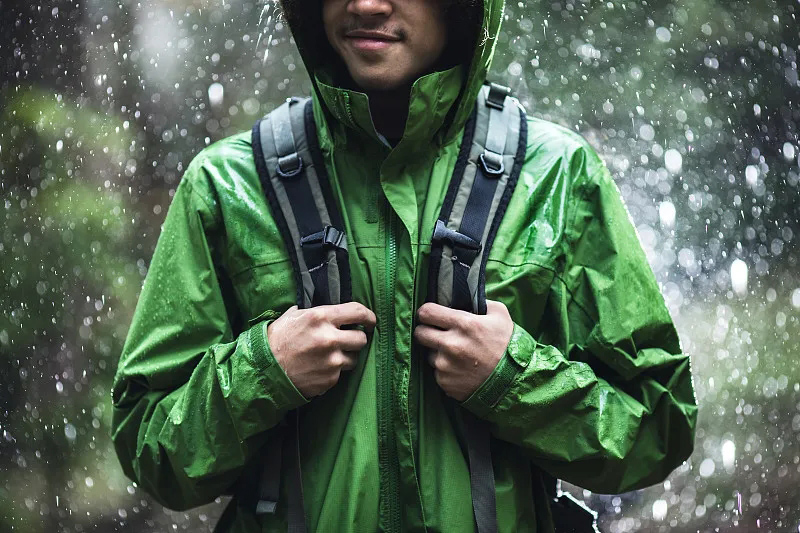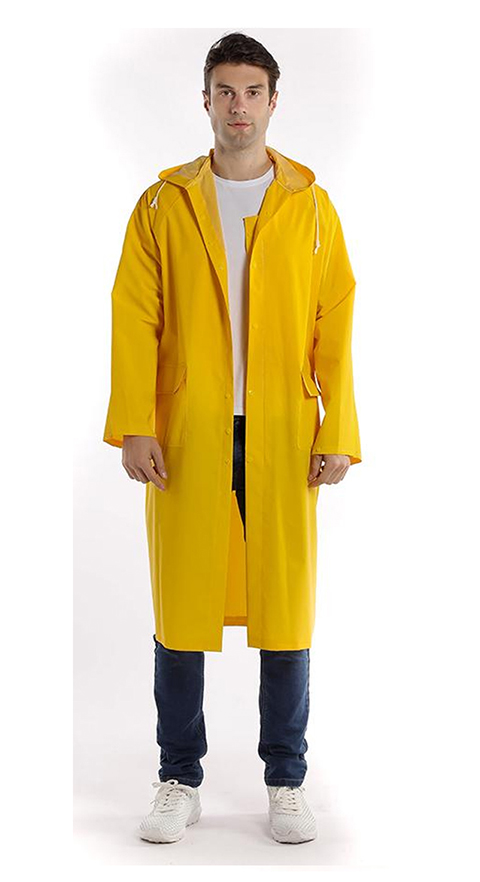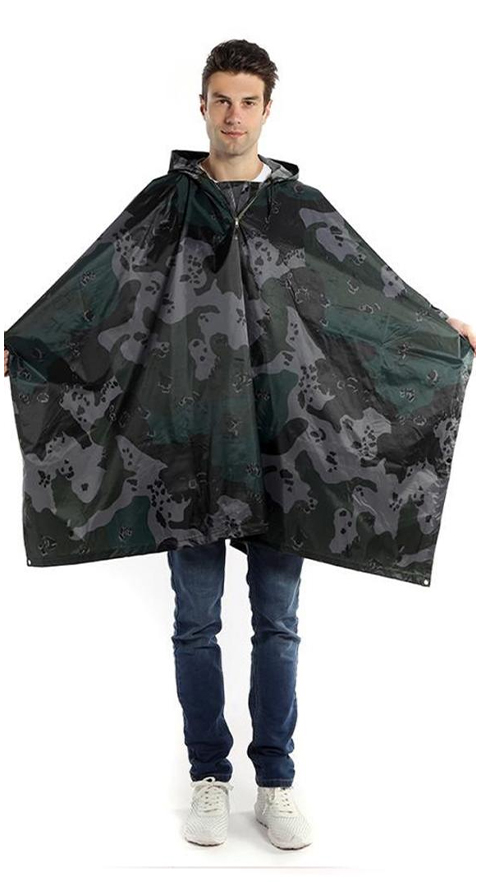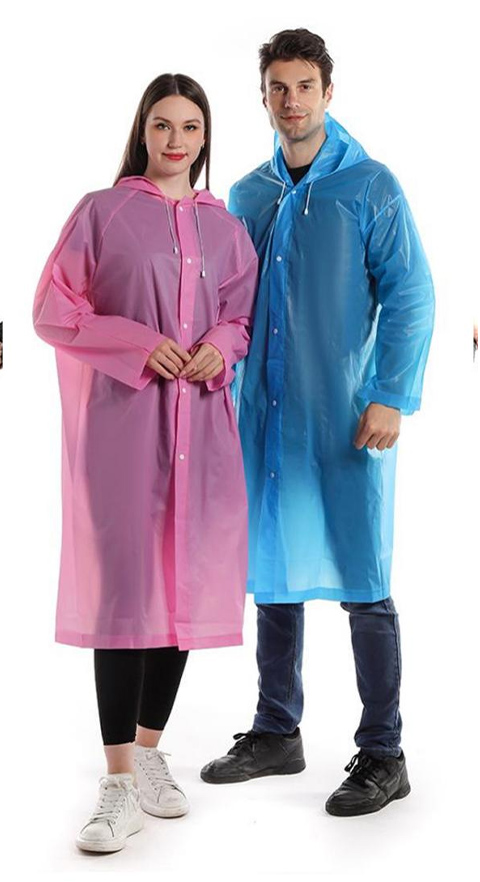Transportation
The Ultimate Rainwear Solution for Riders: Motorcycles & Bicycles
Riding in the rain is an inevitability for any regular motorcyclist or cyclist. Getting wet isn’t just uncomfortable—it’s dangerous. It leads to rapid heat loss, distracted shivering, and reduced visibility, significantly increasing the risk of accidents. The right rain gear is therefore not a mere accessory; it is a critical piece of safety equipment. This solution focuses on keeping you dry, visible, and in control.
Core Principle: Total Body Encapsulation
Unlike walking, riding exposes you to wind-driven rain at speed. Water will find and exploit any weak point. Your goal is a complete seal from neck to ankle, creating a protective shell against the elements.
The Essential Rainwear Arsenal for Every Rider
A standard rain jacket is insufficient. You need a system designed for a riding posture.
1. The Upper Body: Your Waterproof Shell
The Gear: A Dedicated Riding Jacket or a Waterproof Motorcycle/Biking Overshell.
-
For Motorcyclists: A longer-cut jacket that covers your lower back when in a riding position is essential. Look for abrasion-resistant materials like reinforced polyester.
-
For Cyclists: A close-fitting, breathable cycling-specific rain jacket with a longer tail.
Key Features to Demand:
-
Fully Taped Seams: This is non-negotiable. Seam taping prevents water from seeping through the stitch holes.
-
Waterproof Zippers: Main zipper and pockets should have storm flaps or be made of waterproof materials.
-
High, Sealed Neck: To prevent water from trickling down your back.
-
Adjustable Cuffs: With secure closures (Velcro, elastic) to seal out wind and water around your gloves.
-
Venting: Motorcycle jackets may have vents to prevent overheating; cycling jackets need highly breathable materials like Gore-Tex ShakeDry to manage sweat.
2. The Lower Body: Full-Length Protection
The Gear: Full-Length Waterproof Over-Trousers (with Bibs being the Gold Standard).
Pants that only go to your waist are a common point of failure. When you lean forward on your bike, your jacket can ride up, exposing your lower back to a stream of cold water.
-
Bib Over-Trousers: These have integrated suspenders. They provide a much higher seal around your torso, ensuring your lower back remains dry no matter your riding position.
-
Standard Over-Trousers: An option, but ensure they sit high on your waist and have a long front zipper for easy boot access.
Key Features to Demand:
-
Full-Length Leg Zippers: This is crucial. They allow you to put the pants on or take them off without removing your footwear.
-
Reinforced Seat and Knees: For durability and extra protection in high-wear areas.
-
Ankle Adjusters: To cinch the pants tightly around your boot tops, preventing them from flapping and directing water into your footwear.
3. The Extremities: Critical Details
This is where most riders fail. Protecting your core is pointless if your hands and feet are soaked and frozen.
-
Hands: Waterproof Gloves
-
Material: Look for gloves made with Gore-Tex or a similar waterproof/breathable membrane.
-
Gaiters: Many premium gloves have a long, waterproof gaiter that extends over the cuff of your jacket, creating a perfect seal.
-
Trade-off: Be aware that dexterity can be reduced. Practice using your bike’s controls with them before you need them in a downpour.
-
-
Feet: The Ultimate Challenge
-
Motorcyclists: Waterproof Racing Overshoes/Boots Covers are the most effective solution. They pull on over your regular riding boots, creating a fully waterproof barrier. Alternatively, invest in dedicated waterproof motorcycle boots with a Gore-Tex liner.
-
Cyclists: Waterproof Shoe Covers are essential. Made of neoprene or coated nylon, they slide over your cycling shoes and seal at the sole and ankle.
-
Pro Tip: Tuck your rain trousers over your boots/shoe covers. This channels water away from the top of your footwear.
-
-
Head & Vision:
-
Motorcyclists: A Pinlock® Visor Insert for your helmet is the single best investment to prevent internal fogging. For external water, a high-quality helmet visor with a good coating is key.
-
Cyclists: A cycling cap with a brim worn under your helmet helps keep rain off your glasses or out of your eyes.
-
The Non-Negotiable: High-Visibility
Rain means reduced visibility for all road users. Your gear must make you seen.
-
Choose rainwear in high-visibility yellow, orange, or lime green.
-
Ensure it has reflective piping, panels, or strips on the arms, legs, and back to catch headlights.
Conclusion: Ride On, Regardless
The right rain gear transforms a miserable, hazardous ride into a confident, controlled journey. By investing in a system that includes a sealed jacket and bib-trouser combination, complemented by waterproof gloves, boot covers, and anti-fog solutions, you achieve total body encapsulation. This isn’t just about staying dry—it’s about maintaining core body temperature, ensuring clear vision, and being visible to others. With this solution, you can embrace the forecast and ride with confidence, no matter what the clouds bring.

